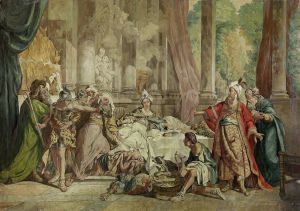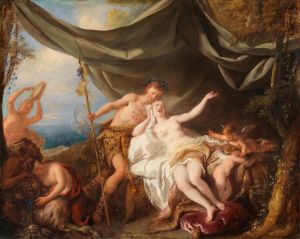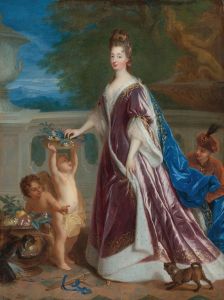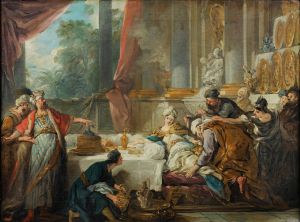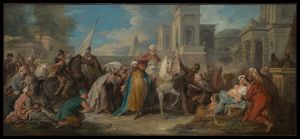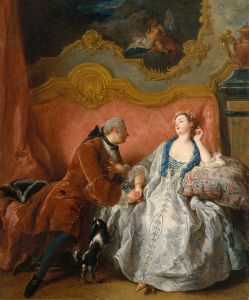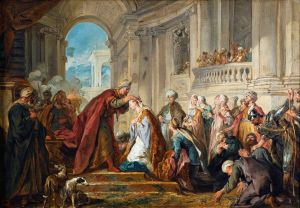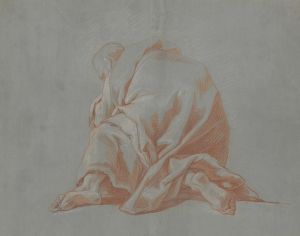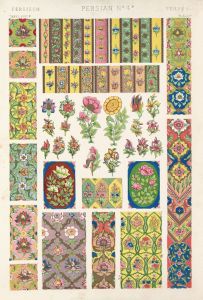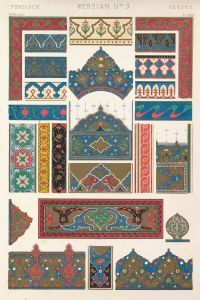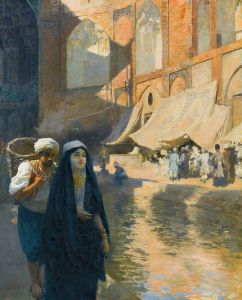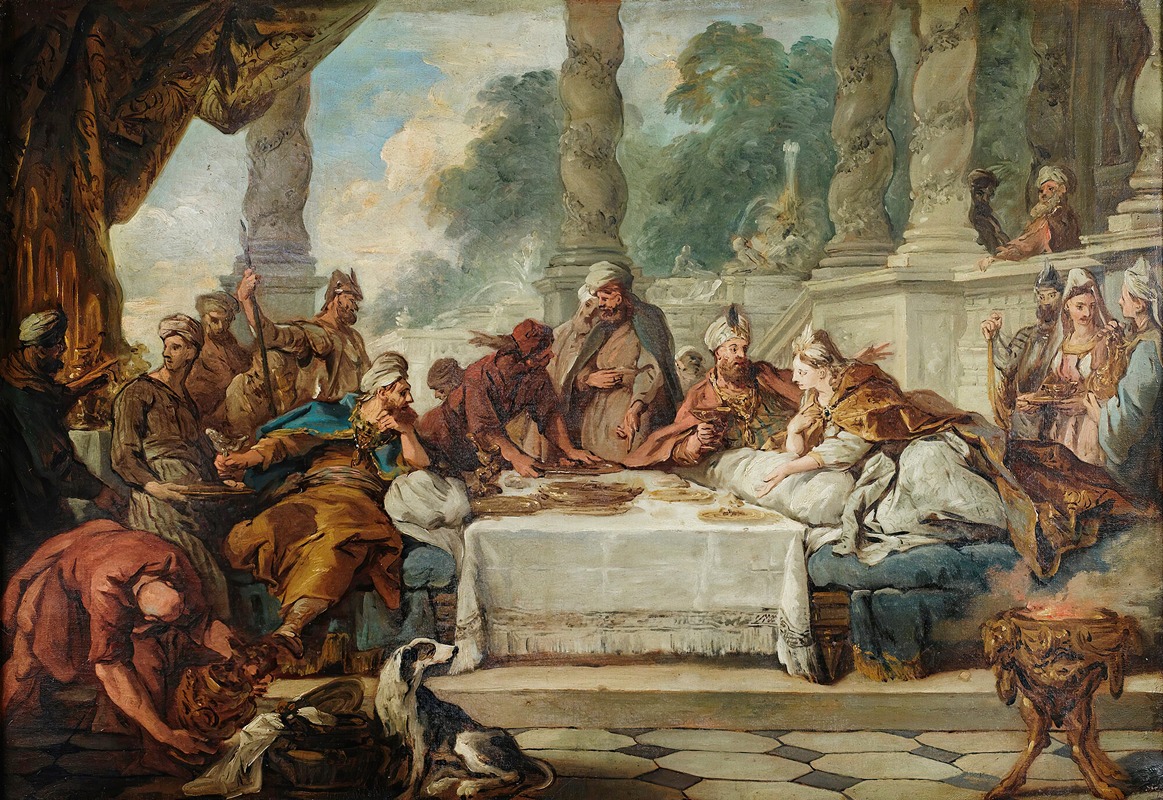
The meal of Esther and Ahasuerus
A hand-painted replica of Jean-François de Troy’s masterpiece The meal of Esther and Ahasuerus, meticulously crafted by professional artists to capture the true essence of the original. Each piece is created with museum-quality canvas and rare mineral pigments, carefully painted by experienced artists with delicate brushstrokes and rich, layered colors to perfectly recreate the texture of the original artwork. Unlike machine-printed reproductions, this hand-painted version brings the painting to life, infused with the artist’s emotions and skill in every stroke. Whether for personal collection or home decoration, it instantly elevates the artistic atmosphere of any space.
Jean-François de Troy's painting "The Meal of Esther and Ahasuerus" is an exquisite example of 18th-century French art, reflecting both the artist's skill and the cultural context of his time. Jean-François de Troy (1679–1752) was a prominent French painter known for his historical and genre scenes, as well as his contributions to the Rococo style. His works often depicted scenes from classical mythology, history, and the Bible, rendered with a keen eye for detail and a flair for dramatic composition.
"The Meal of Esther and Ahasuerus" illustrates a scene from the biblical Book of Esther, a narrative that has inspired numerous artists over the centuries. The story revolves around Esther, a Jewish queen of Persia, who bravely intervenes to save her people from a massacre planned by the king's advisor, Haman. In the biblical account, Esther invites King Ahasuerus and Haman to a banquet, where she reveals her Jewish identity and accuses Haman of plotting against her people. This pivotal moment leads to Haman's downfall and the salvation of the Jews.
De Troy's painting captures the tension and drama of this momentous event. The composition is carefully arranged to highlight the interactions between the key figures: Esther, Ahasuerus, and Haman. Esther is often depicted with a calm yet determined expression, embodying her courage and resolve. Ahasuerus, the king, is shown in a position of authority, yet his attention is clearly focused on Esther, indicating his interest and concern. Haman, on the other hand, is typically portrayed with a more anxious or troubled demeanor, foreshadowing his impending doom.
The artist's use of color, light, and shadow enhances the emotional impact of the scene. Rich, vibrant colors are employed to convey the opulence of the Persian court, while the interplay of light and shadow adds depth and drama to the composition. De Troy's attention to detail is evident in the luxurious fabrics, intricate patterns, and elaborate settings that characterize the painting, reflecting the Rococo style's emphasis on elegance and ornamentation.
Jean-François de Troy's interpretation of this biblical story not only showcases his artistic talents but also reflects the broader cultural and religious interests of 18th-century France. During this period, biblical themes were popular subjects for artists, as they allowed for the exploration of moral and ethical questions within a familiar narrative framework. De Troy's work, therefore, can be seen as part of a larger tradition of religious art that sought to engage viewers with both its aesthetic beauty and its moral message.
In summary, "The Meal of Esther and Ahasuerus" by Jean-François de Troy is a masterful depiction of a significant biblical event, rendered with the artist's characteristic attention to detail and dramatic flair. The painting remains an important example of 18th-century French art, illustrating the enduring appeal of biblical stories and their capacity to inspire artists across different eras.






